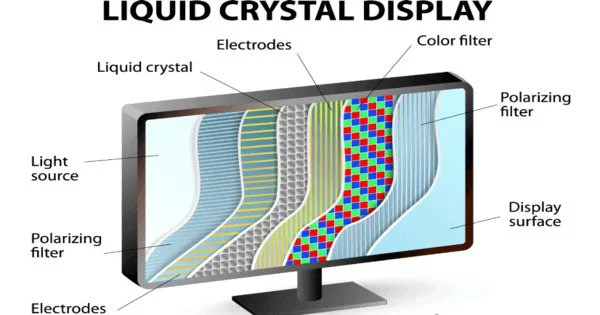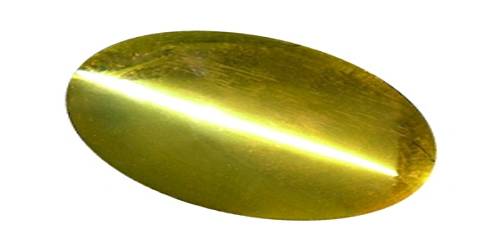A liquid crystal display (LCD) is a flat panel display that uses the properties of liquid crystals to display images. It is a type of display technology that employs liquid crystals that open and closes in response to an electric current. Liquid crystals are materials that have properties of both liquids and solids, and can change their orientation in response to an electric field. These liquid crystals serve as the foundation for LCD technology.
In an LCD, liquid crystals are sandwiched between two layers of transparent electrodes. When a voltage is applied to the electrodes, the liquid crystals align themselves in a particular direction, which either blocks or allows light to pass through the display. The areas where light is allowed to pass through form the visible image on the screen.
LCDs are known for their low power consumption, sharp image quality, and compact size, which make them ideal for portable devices. However, they can have limitations such as restricted viewing angles, slower refresh rates, and lower contrast ratios compared to other display technologies such as OLED (organic light-emitting diode) or LED (light-emitting diode) displays.

History
Liquid crystal technology began in 1888, when Friedrich Reinitzer discovered the crystalline nature of carrot-derived cholesterol. Westinghouse in Pittsburgh produced the first active-matrix liquid crystal display panel in 1972, and by 2008, LCD televisions were globally distributed and were actively replacing cathode ray tube models.
Complex molecules make up liquid crystals. They, like water, change from solid to liquid depending on the temperature to which they are subjected. When the molecules are in a liquid state, they move around but tend to form a line in one direction, allowing them to reflect light. Crystals are arranged in a matrix with groups of three crystals of the colors red, green and blue, forming a segment known as a pixel. Groups of pixels can form numbers, letters or shapes and are arranged in columns or rows. Polarized light is allowed or blocked, as liquid crystals are turned on and off individually.
Applications
LCDs are widely used in electronic devices such as computer monitors, televisions, and mobile phones. They are preferred over traditional cathode ray tube (CRT) displays because they are thinner, lighter, consume less power, and produce less heat. LCDs are also capable of producing high-resolution images with sharp detail and vibrant colors.
LCD is regarded as a major advancement in display technology and is widely used in consumer electronics such as microwave ovens, laptop computers, smartphones, and televisions. Because it is lighter, thinner, and consumes less power, LCD technology is preferred over other display technologies.
















